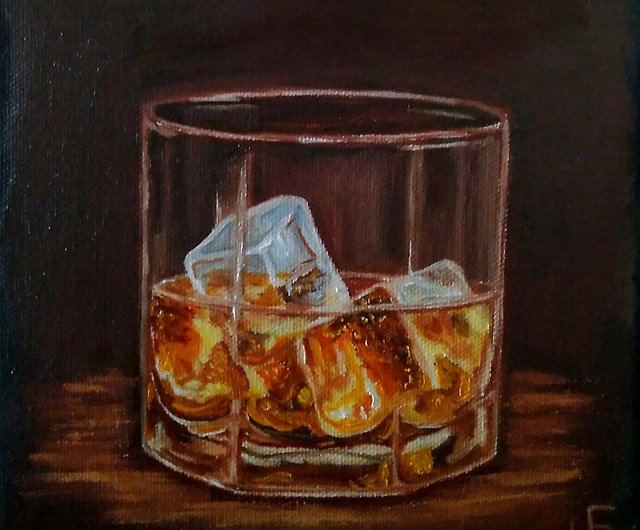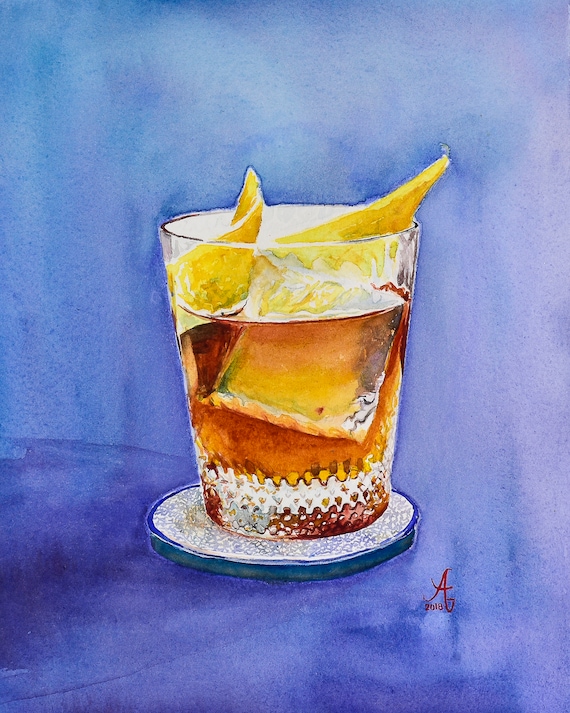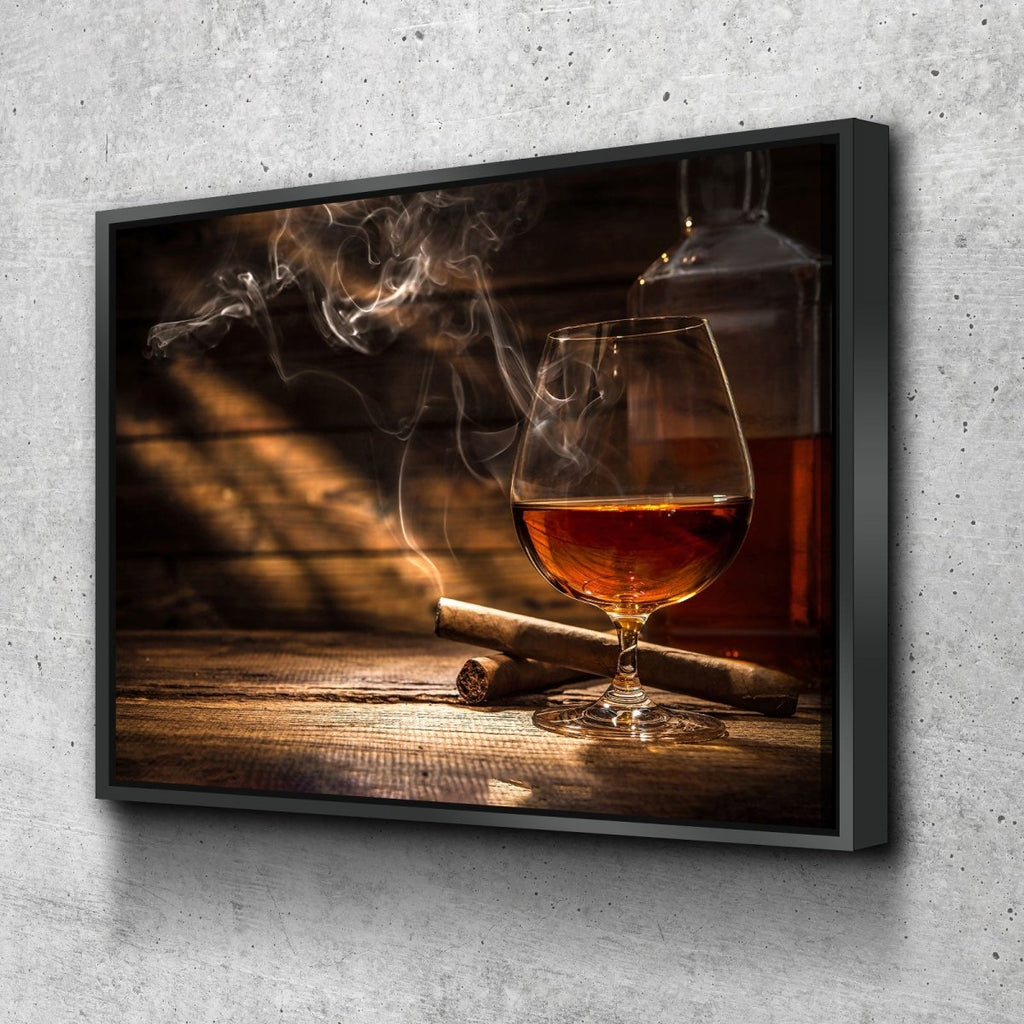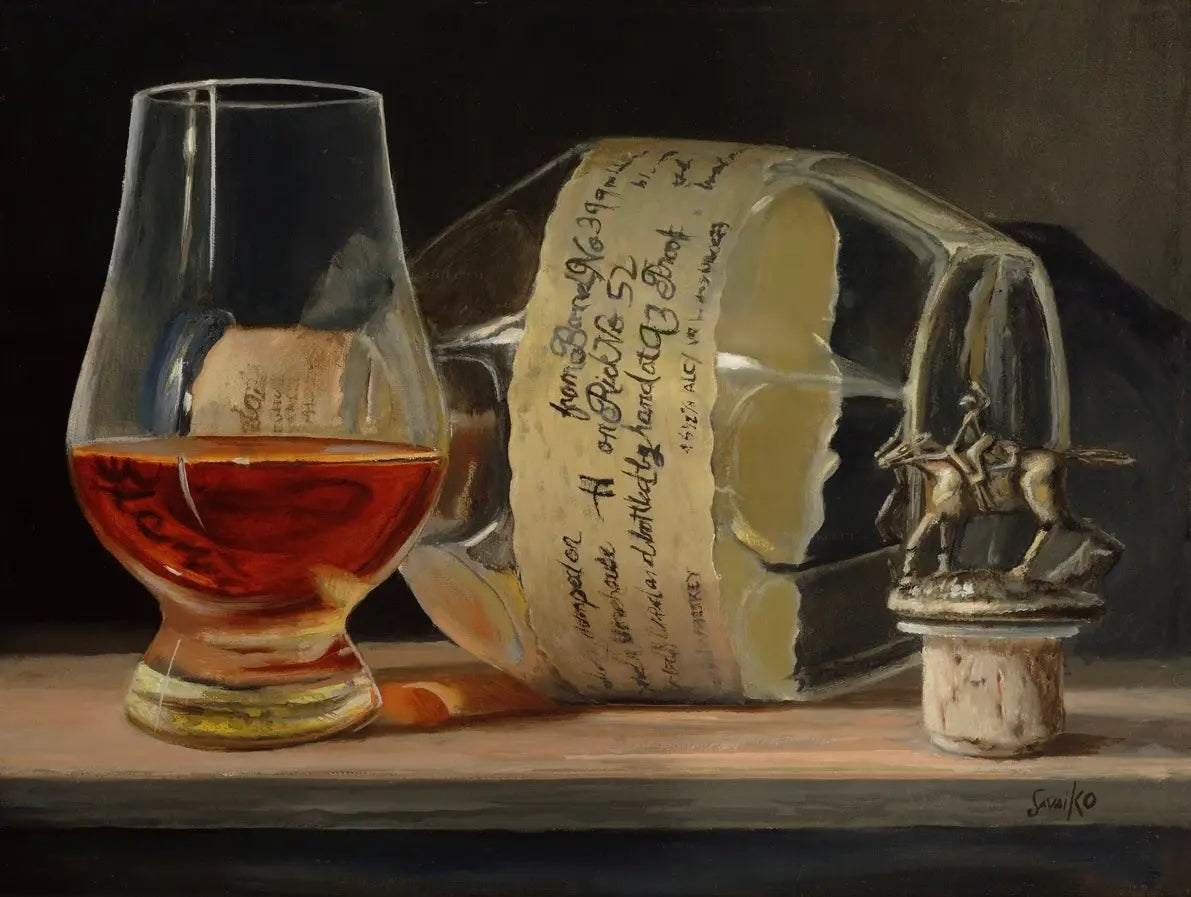Whiskey Art as a Statement: How It Boosts Home Décor
Whiskey Art as a Statement: How It Boosts Home Décor
Blog Article
The Value of Whiskey Art in Celebrating Heritage and Workmanship in the Beverage Sector
The detailed partnership between bourbon art and the party of heritage and workmanship within the beverage industry can not be overstated. Through thoughtfully created labels and containers, whiskey brand names envelop their historic origins and the artisanal skills that specify their production approaches.
The Historical Roots of Whiskey
At the heart of bourbon's allure lies an abundant tapestry of historical roots that trace back to ancient human beings. The beginnings of whiskey can be linked to the purification techniques of the Sumerians and Babylonians around 2000 BCE, where very early kinds of fermented grain beverages started to arise. It was in the Center Ages that the art of distillation advanced dramatically, specifically in Ireland and Scotland, leading to the development of bourbon as we recognize it today.
The term "scotch" itself derives from the Gaelic word "uisce beatha," indicating "water of life." This phrase emphasizes the cultural importance of scotch in Celtic cultures, where it was usually linked with routines, events, and communal bonding. By the 15th century, distillation ended up being a recognized craft within reclusive neighborhoods, leading the method for the facility of lawful distilleries.
As trade paths broadened, whiskey's appeal expanded, going beyond local boundaries and capturing the passion of aficionados worldwide. Bourbon Art. This historical trip shows not only the workmanship behind scotch production but also its integral duty in social and social contexts, noting it as a significant beverage throughout history
Artistic Expression in Branding
Bourbon branding stands as an engaging intersection of artistry and business, where aesthetic identity plays an important duty in shaping customer understanding. The aesthetic appeals of scotch tags, packaging, and advertising and marketing products show not just the brand name's tale however also its core worths and heritage. With artistic expression, distilleries convey a narrative that reverberates with customers, evoking emotions and triggering connections.
The usage of color, typography, and imagery in branding serves to differentiate products in a saturated market. Conventional concepts may evoke a feeling of authenticity and craftsmanship, while modern-day styles can signify advancement and forward-thinking. This tactical artistic direction enhances brand acknowledgment and commitment, permitting customers to create a personal connection with the whiskey they select.
In addition, artistic expression in branding commonly functions as an event of regional heritage. Distilleries regularly integrate local symbols or historical recommendations into their layouts, producing a feeling of area that welcomes consumers to partake in a wider social experience. Ultimately, the creativity behind whiskey branding not just boosts aesthetic allure yet additionally enhances the overall narrative of the brand name, fostering a much deeper recognition for the workmanship and heritage embedded in each container.
Workmanship in Bottle Design
The virtuosity noticeable in scotch branding expands past visual identification to include the craftsmanship associated with container design. Each container works as a vessel not just for the spirit within, but additionally for the tale it outlines its beginning, practice, and high quality. The style process calls for precise interest to information, as elements such as shape, closure, and product contribute substantially to the general understanding of the scotch.
Workmanship in container style involves selecting high-quality glass that can boost the whiskey's color and clarity, while additionally supplying a responsive experience for the customer. The shape of the container must be both useful and cosmetically enticing, usually showing the heritage of the brand name. Lots of distilleries go with distinct forms or printed logos that stimulate a feeling of authenticity and history.
Moreover, the label design and typography play an essential duty in connecting the brand's story. Limited Edition. A well-crafted bottle not just astounds the customer's eye however additionally reinforces the brand name's commitment to quality and tradition. This way, the useful link workmanship of container style becomes an essential aspect of the whiskey experience, combining virtuosity with a profound regard for heritage
Social Relevance of Scotch Art
Celebrating custom and craftsmanship, the social value of scotch art transcends plain aesthetics, intertwining with the social and historical narratives of the areas where it comes from. Each container serves as a canvas, depicting the unique tales, folklore, and traditions that have formed neighborhood whiskey-making techniques. The intricate designs frequently reflect the heritage of the distillers, integrating signs and motifs that resonate with the culture and values of their communities.

Furthermore, scotch art plays an essential duty in common celebrations and parties, working as a substantial link between individuals and their shared experiences. By valuing the artistry in whiskey product packaging, customers cultivate a deeper understanding and regard for the craft, ultimately enhancing their satisfaction of the drink itself.
Modern Trends in Whiskey Presentation
Over the last few years, the discussion of whiskey has actually advanced to reflect contemporary preferences and fads while still recognizing conventional workmanship - Bourbon Art. Distilleries are progressively concentrating on visual components that boost the overall Whiskey Art alcohol consumption experience, connecting the gap between heritage and modernity
Innovative bottle layouts have actually arised, frequently incorporating sustainable materials and creative tags that inform engaging tales. Lots of brand names currently team up with neighborhood musicians, instilling their items with one-of-a-kind visual expressions that reverberate with customers. In addition, limited-edition launches are frequently packaged see post in collectible containers, adding value and appeal for connoisseurs.

Verdict
To conclude, bourbon art acts as a crucial avenue for revealing the heritage and craftsmanship integral in the drink market. Through elaborate branding, ingenious container layouts, and culturally significant artistic elements, whiskey brands effectively honor their customs and link with customers. This creative narrative not only raises the recognition of scotch however likewise strengthens neighborhood identity and pride among producers. Eventually, whiskey art plays a vital function in preserving and celebrating the rich cultural tapestry of whiskey-making.


Craftsmanship in container layout entails choosing premium glass that can improve the whiskey's shade and clearness, while also providing a tactile experience for the consumer. In this way, the workmanship of bottle style ends up being an important facet of the scotch experience, merging virtuosity with a profound respect for heritage.
In verdict, whiskey art offers as an important conduit for sharing the heritage and craftsmanship integral in the beverage industry.
Report this page